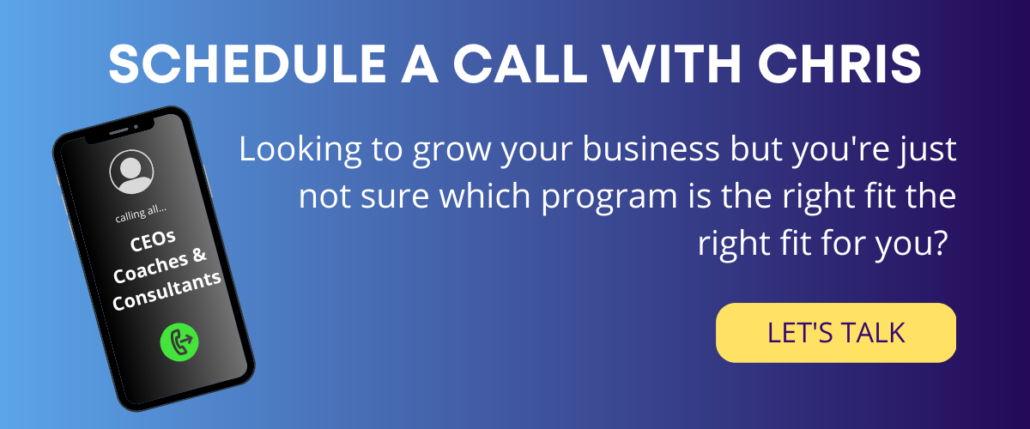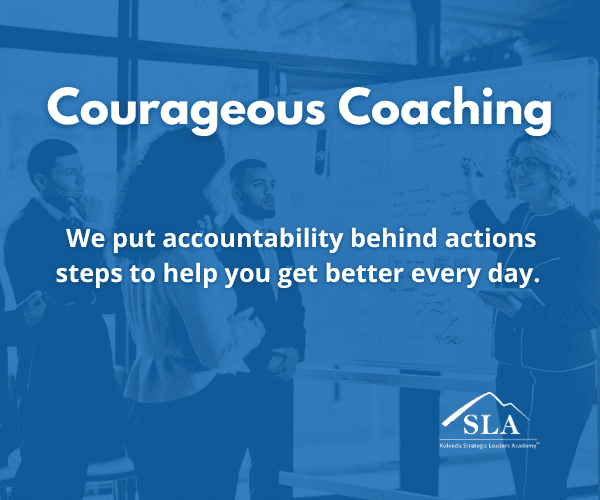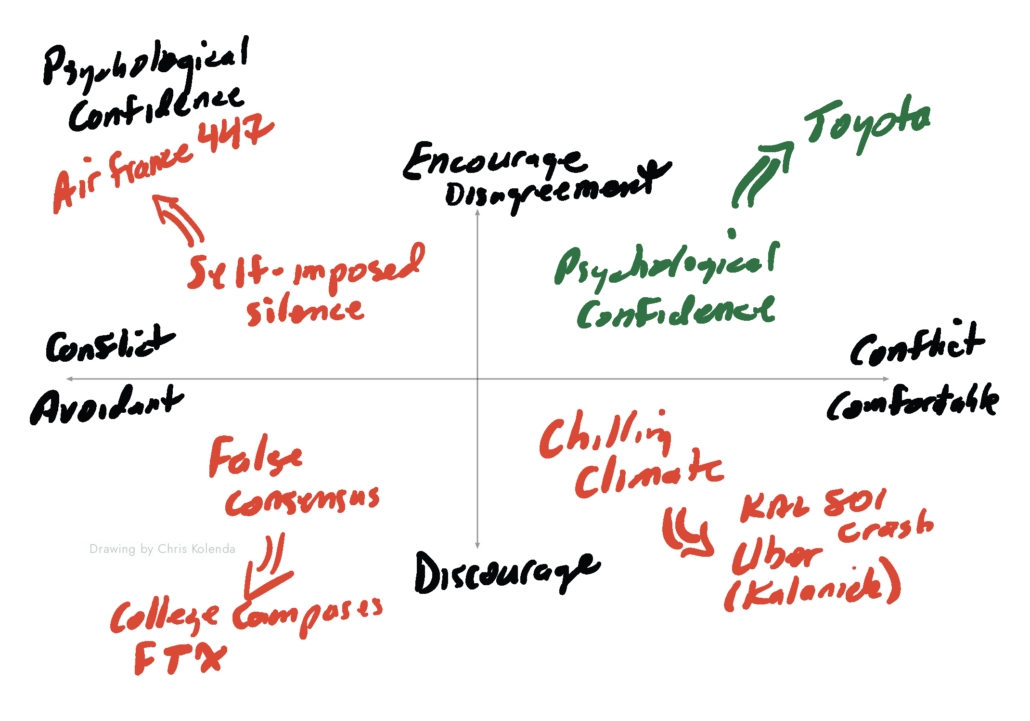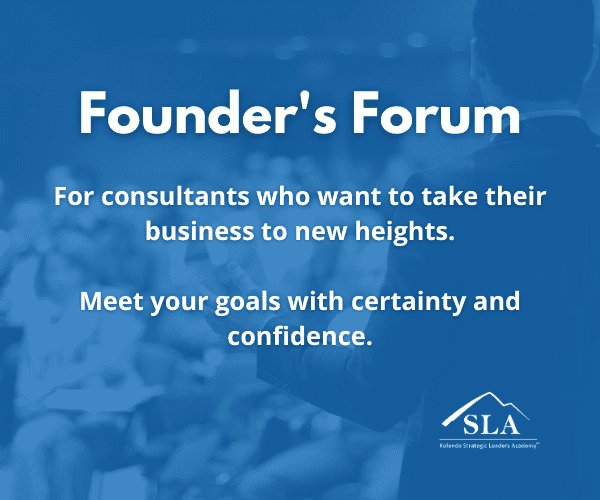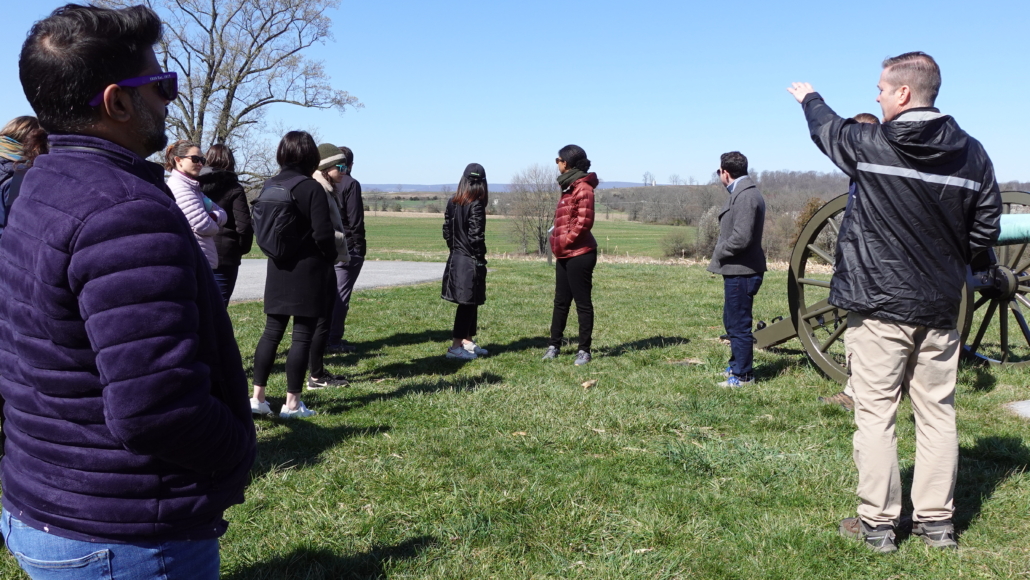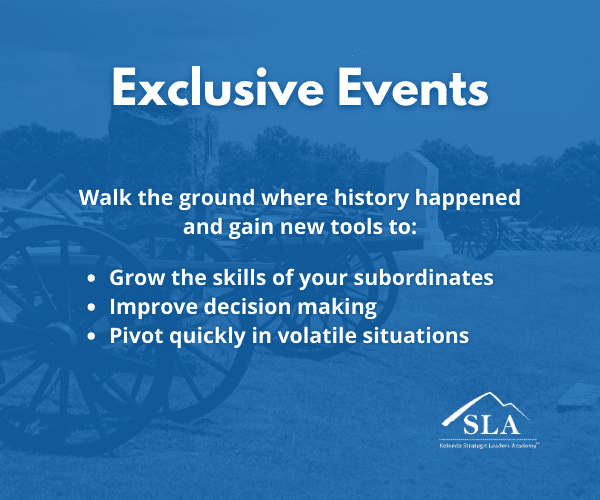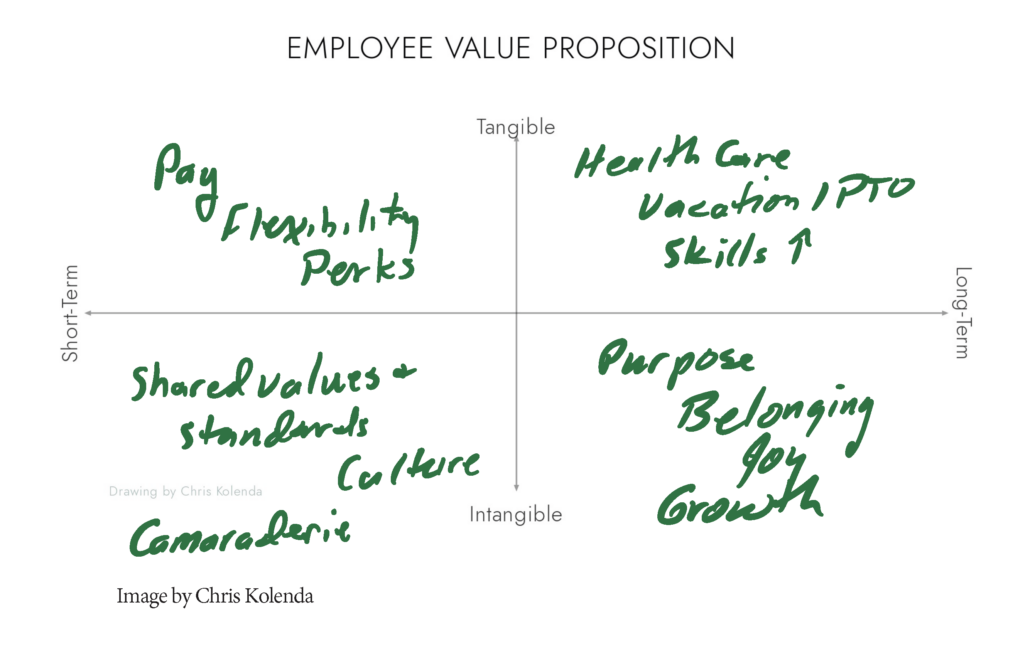How the Best Leaders Foster Intrinsic Motivation
Intrinsic motivation is the willingness to devote your discretionary effort to a cause. At work, the intersection of purpose, belonging, and agency give you what the ancient Greeks called eudaimonia — the fullest expression of you in your most elevated state.
Why it matters
Intrinsically motivated employees are more likely to have positive attitudes towards their work, higher job satisfaction, and lower turnover. This, in turn, leads to higher levels of productivity (over 20% higher), lower presenteeism, and less drama.
The best leaders focus on purpose, belonging, and agency to foster intrinsic motivation.
Employees are more likely to devote their discretionary effort if they believe in what they are doing — their purpose. Discover what each employee finds compelling and organize their roles around it. Helping people identify their superpowers — their natural traits — enables you to put them into positions they are likely to find joyful.
Purpose does not require transcendence. Some employees love using their natural talents for the joy it provides, others love to create something new or achieve an important goal, and some get inspired by transcendence.
Belonging is the feeling that you fit in. You feel belonging when your colleagues share the same workplace values and expectations. I work with companies to identify the three As: what do acceptable, awesome, and awful look like? This process helps you identify people who are an excellent fit for your organization and those who are not.
Agency is the ability to decide how you will apply your superpowers and effort. The best leaders have a weekly 15-minute one-on-one with each direct employee to ask how they use their superpowers and how they could apply them to even more significant effects.
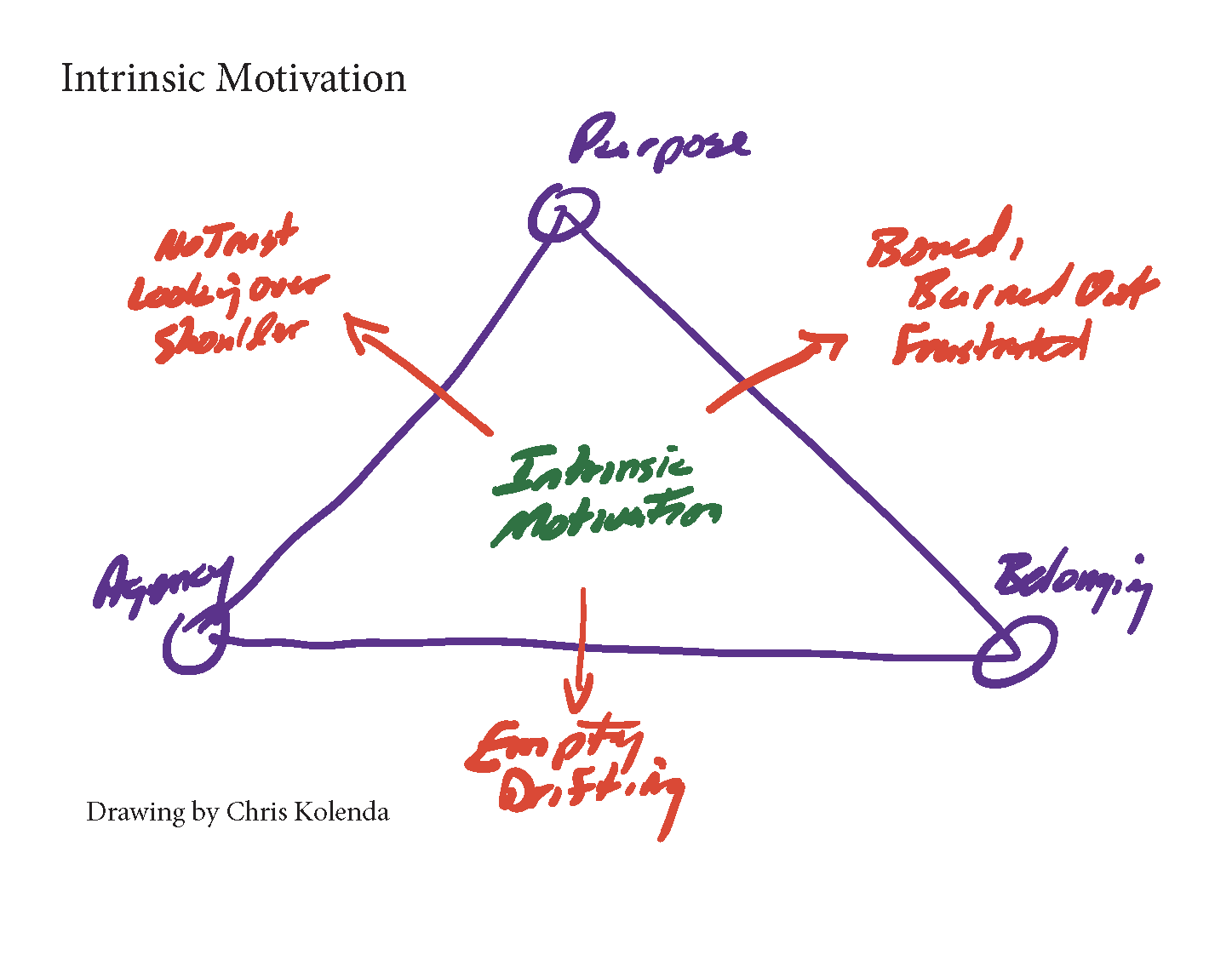
People need all three to have intrinsic motivation
Without purpose, people will feel that they are drifting (and you can only drift downhill). This feeling is the fast track to disengagement and turnover.
When employees feel like they don’t fit in, the risk of workplace disputes and drama heightens, which increases the emotional tax and erodes trust.
Inadequate agency creates boredom, burnout, and frustration because employees feel like they have no control over the outcome of their work.
Where does your company stand?
According to Gallup, roughly seventy percent of American employees report being unengaged. Imagine the effect if you had seventy percent of your employees willing to give their discretionary effort to your organization’s success.
I can help you improve how your company fosters intrinsic motivation by working with you on purpose, belonging, and agency.
Fostering intrinsic motivation helps you achieve big goals in the simplest way possible.

